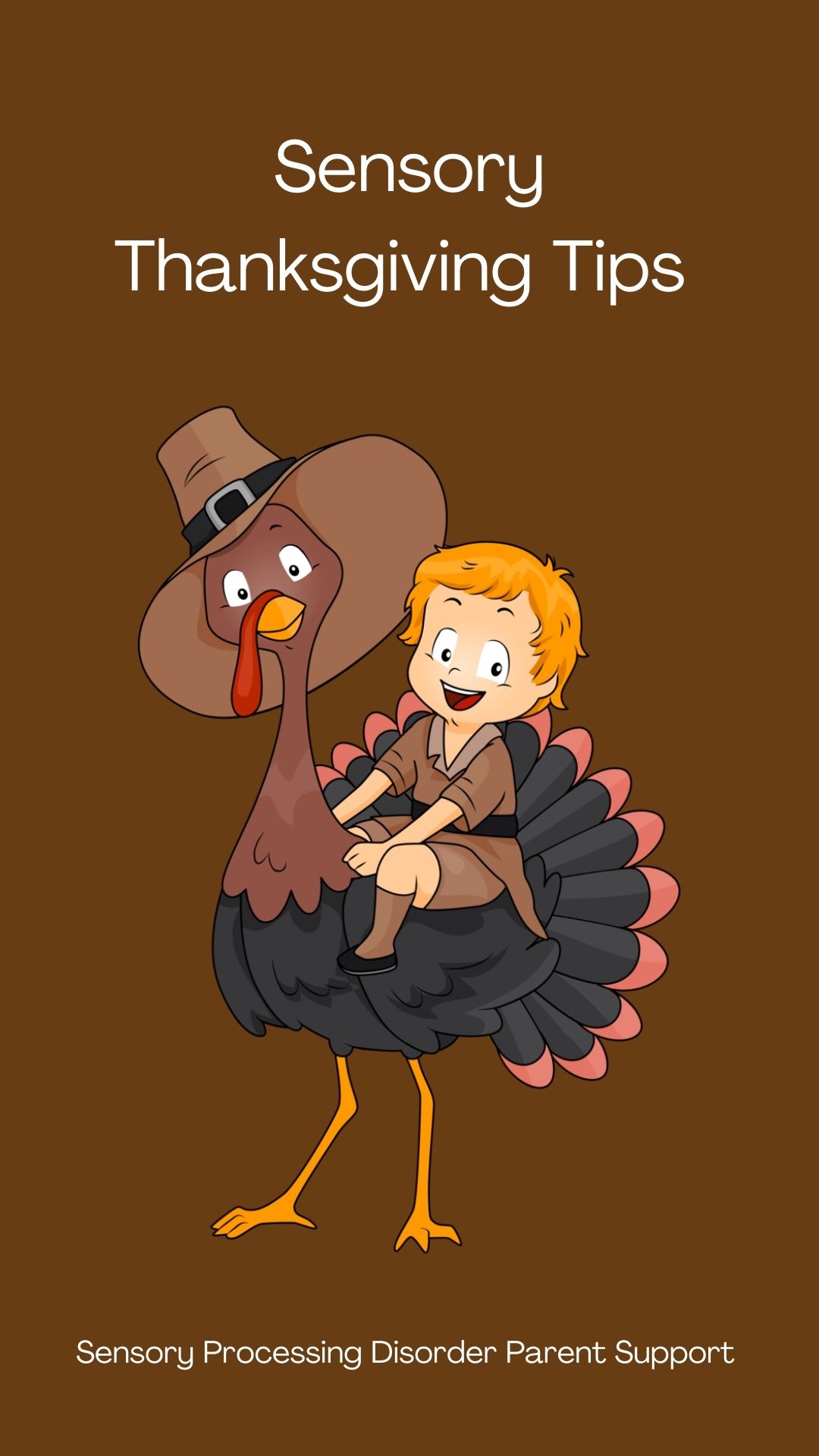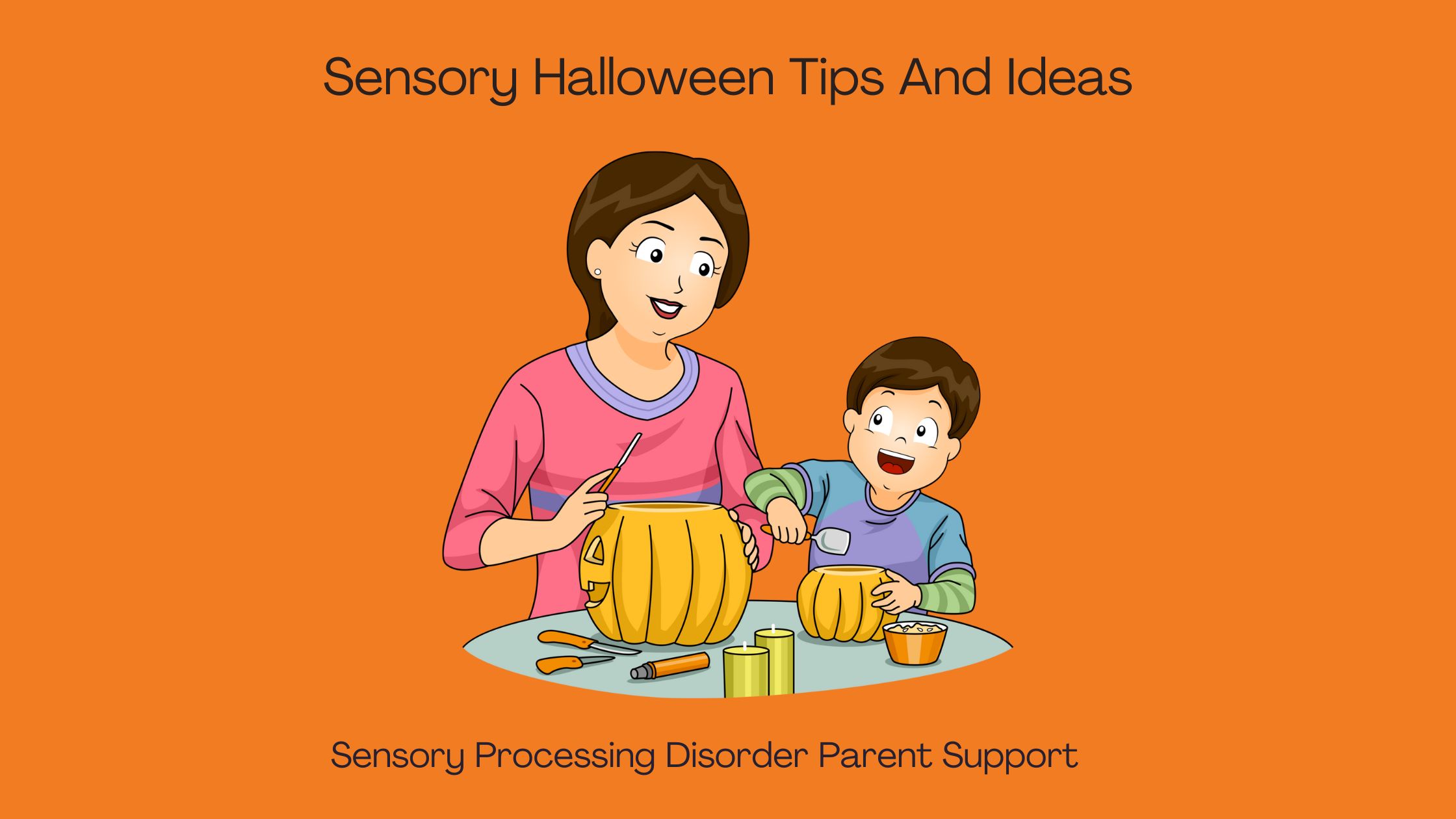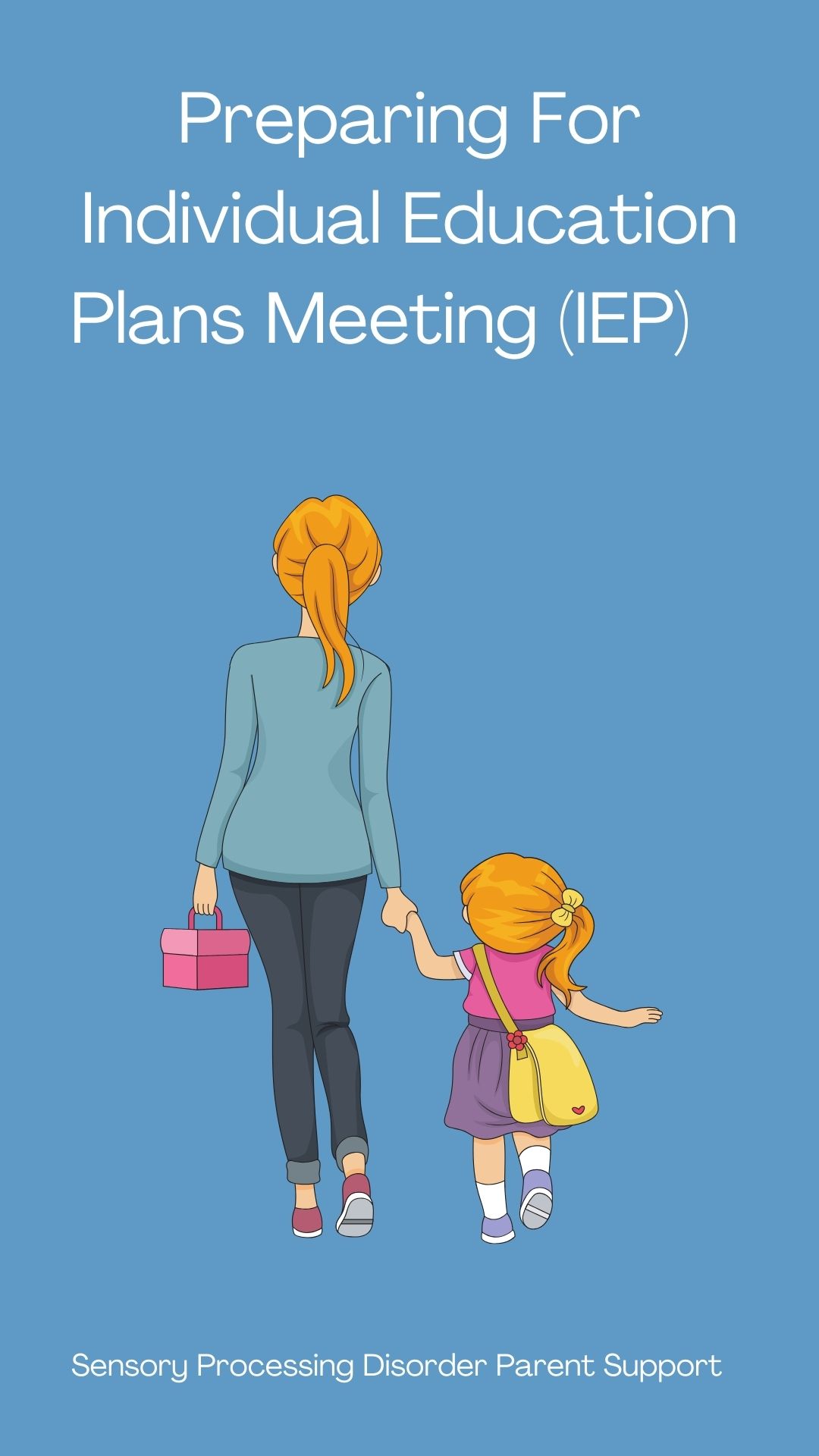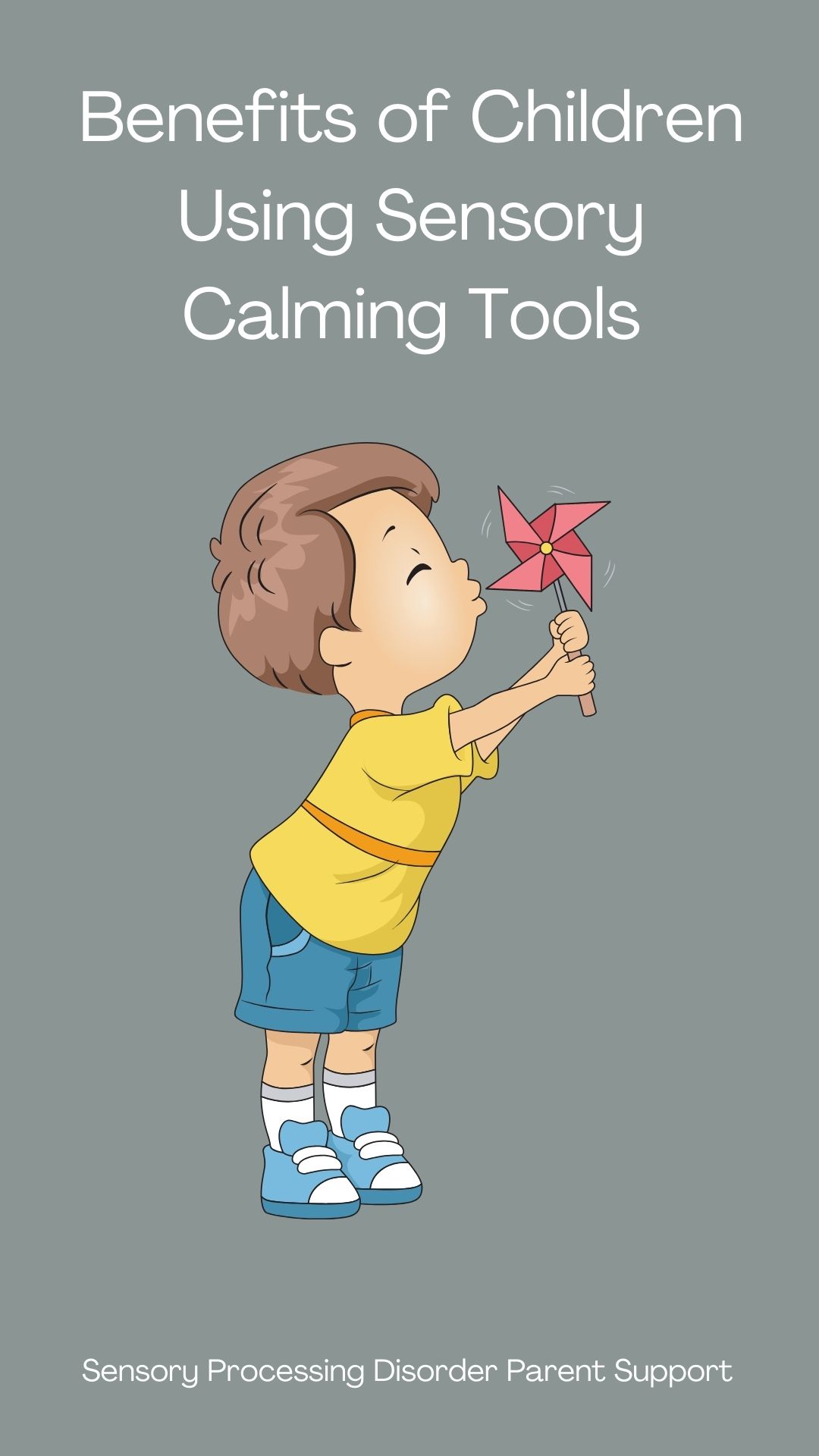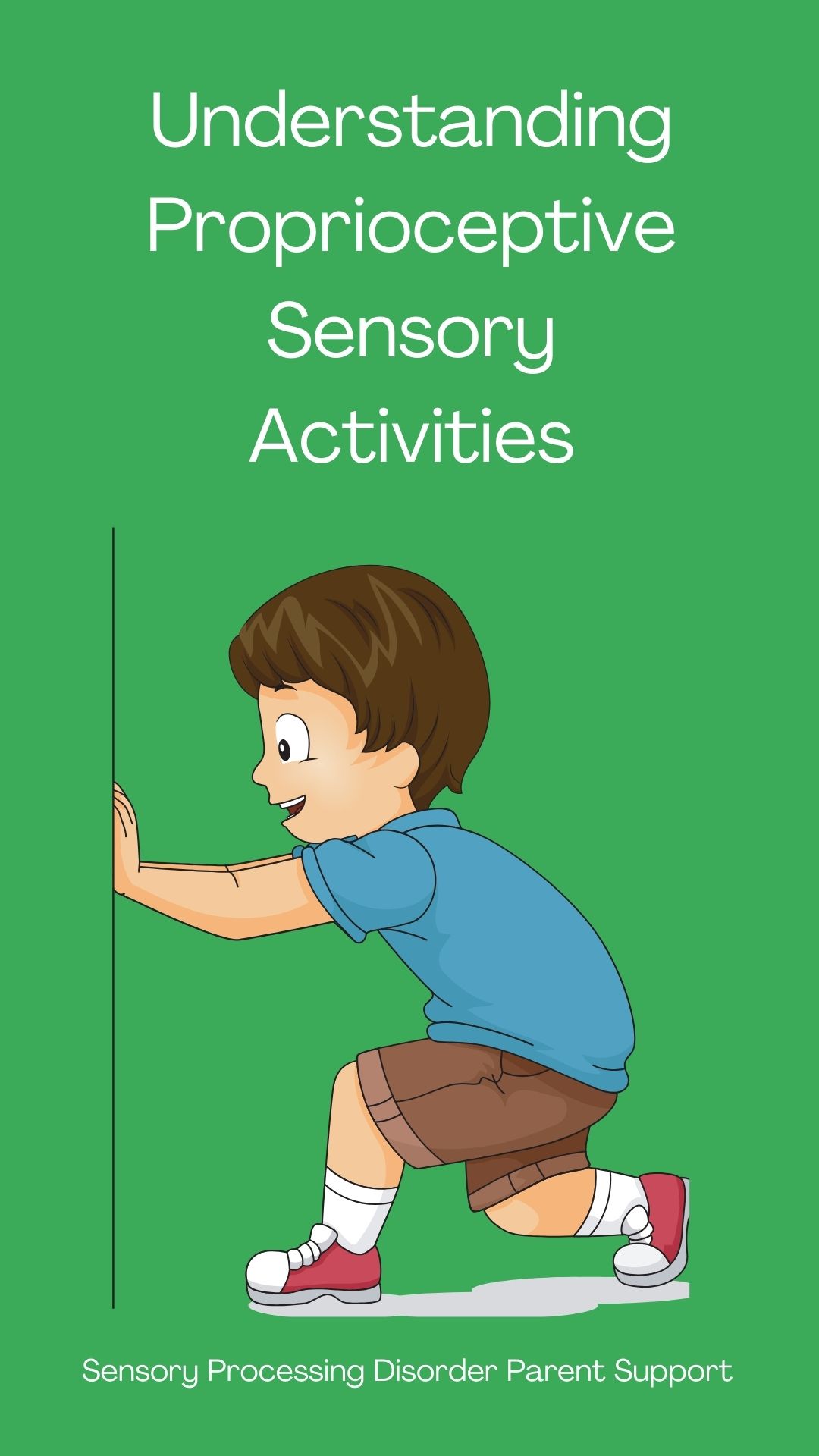18. When your child is tired or doesn't want to do it anymore, end the evening.
19. Search for local children's Halloween events if your child doesn't want to go out.
20. Try to avoid crowded areas, houses and crowds in general while out.
21. Bring noise reduction headphones if your child doesn't like loud noises. (Fireworks)
22. Explain behavior expectations to your child before you leave.
23. Tell your child the basic rules of Halloween such as no treats until you have searched the Halloween bag. (allergies & diet restrictions)
24. If you are at a Halloween party, take breaks. (Sensory space)
25. Let others know of any allergies when receiving treats for your child.
26. Halloween games can be difficult for your child, ask them what they are comfortable with playing.
27. Most children with Sensory Processing Disorder don't like carving pumpkins or the way it feels. Don't pressure. Many children may enjoy painting on them or drawing on them instead.
28. Many children do like carving pumpkins and squishing the guts... great sensory activity!
29. Remember a regular day can be overwhelming for a child with Sensory Processing Disorder, Halloween can easily cause sensory overload which could result in a meltdown.
30. Creating costumes from familiar clothing may work best.
31. Maintain routine, same bedtime.
32. Ask your child's school what they do for Halloween activities as many may make your child uncomfortable.
33. If your child is nonverbal, bring Halloween awareness cards.
34. Complete sensory diet before trick or treating and after before they go to bed. (Brushing, joint compressions, heavy work, swinging and trampoline.)
35. Have your child attempt to open the candy themselves to improve fine motor skills.
